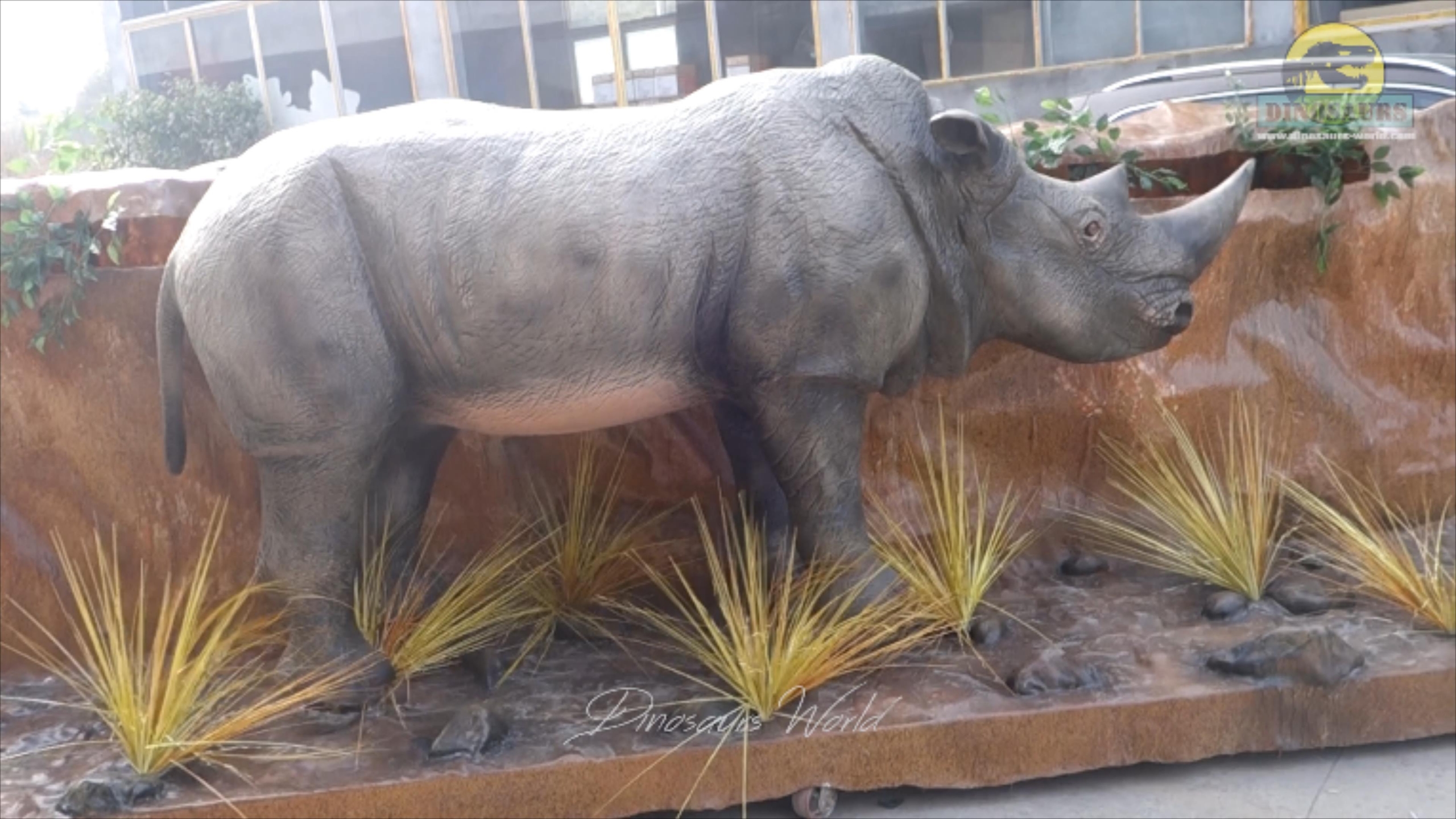

7More than 45% of its bones were found, and 70% of the types of bone. The most massive dinosaur known from a large but hardly complete skeleton is probably Futalognkosaurus dukei found in western Argentina, about 30 m (100 ft) long and over 50 t.Īnother huge dinosaur with most of the skeleton discovered, also in Argentina, is Dreadnoughtus schrani. In all, only about 15% has been recovered (and about 27% of the types of bones). 7 The bones of its hip, ribs, and vertebrae of its back and neck are known, but not the head, legs, or tail. The most massive dinosaur known from a large but hardly complete skeleton is probably Futalognkosaurus dukei found in western Argentina, about 30 m (100 ft) long and over 50 t. What is the largest, based on good remains? When it comes to almost complete skeletons, the longest might well be Diplodocus carnegii, 25 m (~80') and 10–16 t 6 and the most massive dinosaur was probably Giraffatitan brancai (formerly Brachiosaurus brancai), 23 m (75') and 40 t. Longest and heaviest from reliable evidence? Possibly the longest dinosaur, Diplodocus carnegii. But in each case, the sizes were based on extrapolations from only minor parts of the skeleton.

Bruhathkayosaurus, Argentinosaurus, Turiasaurus, Puertosaurus, Pellegrinasaurus, Ruyangosaurus, Patagotitan, and more.

Various other candidates for the largest sauropod have been claimed, e.g. And the size estimate of Amphicoelias likely exceeds the physical limitations on the mass of land animals. One paleontologist estimated this to have been “58 m long, about 9.25 m at the highest point of the back, and with a body mass of 122,400 kg ,” 4 making it far larger than any other known dinosaur.īut what was the evidence? A single broken vertebra! This was reported as 2.7 m (9') long, but even this has been lost-only photographs and records of measurements remain, and its size has been doubted. Image: 123rf/Aleksandrs Tihonovs Amphicoelias fragillimus Amphicoelias?ĭuring the so-called American ‘Bone Wars’, Edward Drinker Cope (1840– 1897) described a dinosaur named Amphicoelias fragillimus, thought to be a diplodocid, a type of sauropod.

However, deciding on the largest sauropod can be difficult because most are known only from very few remains. 3 What was the biggest dinosaur type?Īs a group, sauropods, with their long necks and tails, were almost certainly the largest dinosaurs by a big margin. Most dinosaurs seem to have stayed very small (0–60 kg ) or grew very large (1,080–56,000 kg ), with less species in the medium-sized range. A further analysis in 2015 confirmed and refined that earlier research: The median mass of a dinosaur is determined to be 630 kg (1,400 lb), or the size of an American bison, based on the largest published and most accurate data set to date. The scientist who conducted this analysis noted that the early researchers tended to collect more of the larger dinosaurs, while modern researchers have found a greater proportion of smaller dinosaurs. The median mass of a dinosaur is determined to be 630 kg (1,400 lb), or the size of an American bison, based on the largest published and most accurate data set to date.-Tim Clarey and Jeff Tomkins 2 By comparison, today’s white rhinoceros and African elephant weigh about 2 and 6 t, respectively. How big was the average dinosaur?Īlthough the huge dinosaurs tend to be the best known in popular culture, there were also small dinosaurs, some the size of a rooster.Ī 1995 analysis concluded that the most common size (‘mode’) was about 1–10 tonnes (t). 1 Only marine creatures such as the blue whale exceed their size. Dinosaurs were the biggest land animals to walk the earth, but they are extinct today.


 0 kommentar(er)
0 kommentar(er)
